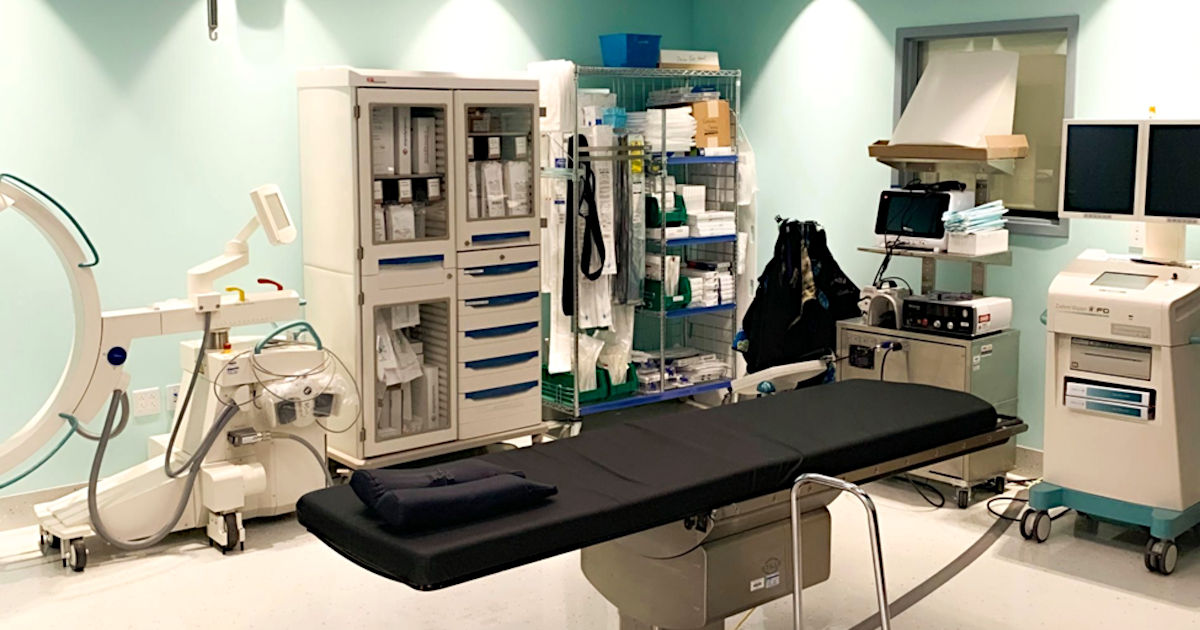
Understanding the FDA Medical Device Approval Pathways Helps Investors
In order to be marketed in the US, medical devices must submit an application to the FDA (Food and Drug Administration) for marketing clearance or approval. The FDA has developed different regulatory pathways for device manufacturers, depending on the type and classification of the device, the use of the device, and the risk associated with the device. These different pathways must be understood for the approval process to be navigated correctly and expeditiously.
Defining Medical Device
First, it must be determined whether a company indeed has a medical device that it wishes to market. So, what exactly is a medical device? According to Section 201(h) of the Food, Drug, and
Cosmetic Act (FD&C), enacted in 1938, a device is: An instrument, apparatus, implement, machine, contrivance, implant, in vitro reagent, or other similar or related article, including a component part, or accessory which is:
- Recognized in the official National Formulary, or the United States Pharmacopoeia, or any supplement to them,
- Intended for use in the diagnosis of disease or other conditions, or in the cure, mitigation, treatment, or prevention of disease, in man or other animals, or
- Intended to affect the structure or any function of the body of man or animals, and does not achieve its primary intended purposes through chemical action within or on the body of man or other animals and which is not dependent upon being metabolized for the achievement of its primary intended purposes.
Excluded from the definition of “device” is software functions pursuant to section 520(o) of the FD&C where software is intended for administrative support, serving as patient records, or transferring and storing data.
Essentially, a device can be any product that is not a service or a pharmaceutical and can be as simplistic as a bedpan, as complex as an ICD (defibrillator) and everything in between, including in vitro diagnostic next-generation sequencing tests and X-Rays. The FDA also considers certain software, mobile applications, artificial intelligence (AI), and machine learning (ML) technologies as devices. There will be more on this later.
Pathway Selection
Determining that the product is a device is fairly straightforward, but what regulatory approval pathway should be taken? Medical devices are categorized into three classes of risk. Class I devices present minimal, low potential for harm, while Class II moderate risk is higher than Class I and includes devices like catheters and syringes. Class III devices represent the highest risk with the greatest potential for harm. Typically, these Class III devices are implanted (pacemakers, defibrillators) or support and sustain life, will require investigational trials, and many times require outside panel review and post-marketing studies.
There are five FDA device marketing classification pathways addressing risk levels and currently marketed product similarities.
- The most strenuous, stringent, and difficult pathway is the Premarket
Approval (PMA) classification. Once a PMA filing is made, the average time to approval is 243 days. As previously indicated, the FDA considers Class III devices high risk requiring a PMA classification. If it’s unclear whether the device requires a PMA, the FDA provides the ability to search its database for substantially equivalent previously approved devices. Once approved, any substantial changes to a PMA must have a PMA supplement reviewed and approved by the FDA - For Class II moderate-risk devices and where most have a predicate device cleared, the FDA often requires a Premarket Notification 510(k) clearance before marketing. Despite the 510(k) process being less onerous, it still takes an average of 177 days to receive marketing clearance. Like the PMA, if it’s unclear whether the device requires a 510(k), searching the FDA database for already marketed products with substantial equivalence will help. Similar to a PMA supplement, a new 510(k) application must be submitted if substantial product changes affect the safety and effectiveness of the cleared device.
- Most low-risk Class I devices like
tongue depressors, and some Class II devices like hearing aids and catheter
guide wires are exempt from a 510(k) requirement.
- Most low-risk Class I devices like
- Novel and low to moderate risk (Class I or II) devices would follow a De Novo classification pathway. This pathway addresses devices that do not have a valid marketed equivalent. Upon benefit/risk review, the FDA may determine a classification for future similar products.
- In limited use for rare disease conditions, the Humanitarian Device
Exemption (HDE) might be used as a pathway. Congress included a provision in the Safe Medical Devices Act of 1990 to create this pathway for treatments in small populations if the product/device will not expose a patient to significant risk of illness or injury, and the device would not be available without the HDE. A Humanitarian Use
Device (HUD) with an HDE intends to treat fewer than 8000 individuals annually. Importantly, there are HDE profit restrictions unless the product is labeled for pediatric patients or adult patients where pediatric applications are impossible or unsafe. - Emerging from the Investigational Device (IDE) program was the Pre-Submission
pathway. The Pre-Submission is where the applicant seeks feedback from the FDA about a planned marketing application. Keep in mind an IDE should not be confused with the clearance or approval pathways above. IDEs are required to allow a device to be used in clinical studies to support future marketing applications.
Now that the basic pathways have been covered, do non-traditional AI and machine-learning software and mobile applications fit in as medical devices? If so, what pathways do they use?
Medical Software
In 1993, the International Medical Device Regulators Forum (IMDRF) developed definitions for Software as a Medical Device (SaMD) given the advances using healthcare technology platforms. Among other things, the IMDRF created two definitions.
- software in a medical device
- software as a medical device (SaMD)
The second SaMD category is defined as the medical device. SaMD had to be capable of running on non-medical platforms and was not part of or embedded in a hardware medical device to make the hardware device work. If the software was embedded, then it would fall into the first category and not be considered a medical device.
The FDA piggybacked off these definitions and in September 2019 the FDA produced non-binding recommendations in its Policy for Device Software Functions and Mobile Medical Applications. In this Policy, the FDA did not expect to regulate software or mobile apps that do not meet the IMDRF or the FD&C definitions of a device. For instance, mobile apps that promote a healthy lifestyle, or meal planners, or daily activity trackers would not meet the device definition. But if meeting the device definition, the high-, moderate- and low-risk factor classifications outlined earlier would determine the type of marketing application.
The regulatory pathway is still evolving as the FDA adapts to new AI and ML technologies. AI/ML-based SaMD capabilities come from the ability to continuously learn, where the adaptation or change to the algorithm is realized after the SaMD is distributed for use and has gained real-world experience. The FDA first produced a proposed regulatory framework for AI and ML software as a medical device in April 2019. In February 2020, the FDA announced the first marketing authorization, through the De Novo pathway, of the first AI cardiac ultrasound software built by Caption Health (private) using the principle of Predetermined Change Control Plan. This plan reflected the anticipated modifications for the SaMD. Most recently, advancing the process to utilize adaptive technologies, the FDA produced an Action Plan in January 2021 that would include the types of anticipated algorithm modifications (SaMD Pre-Specifications) and methodologies used.
Suggested Channelchek Content:
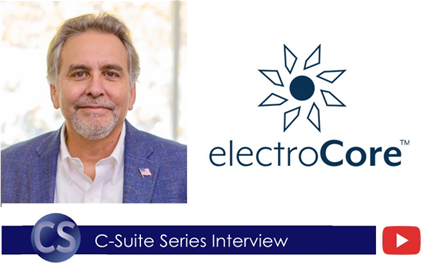
|
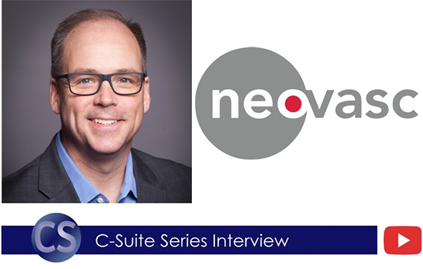
|
ElectroCore (ECOR) C-Suite Interview
|
Neovasc (NVCN) C-Suite Interview
|
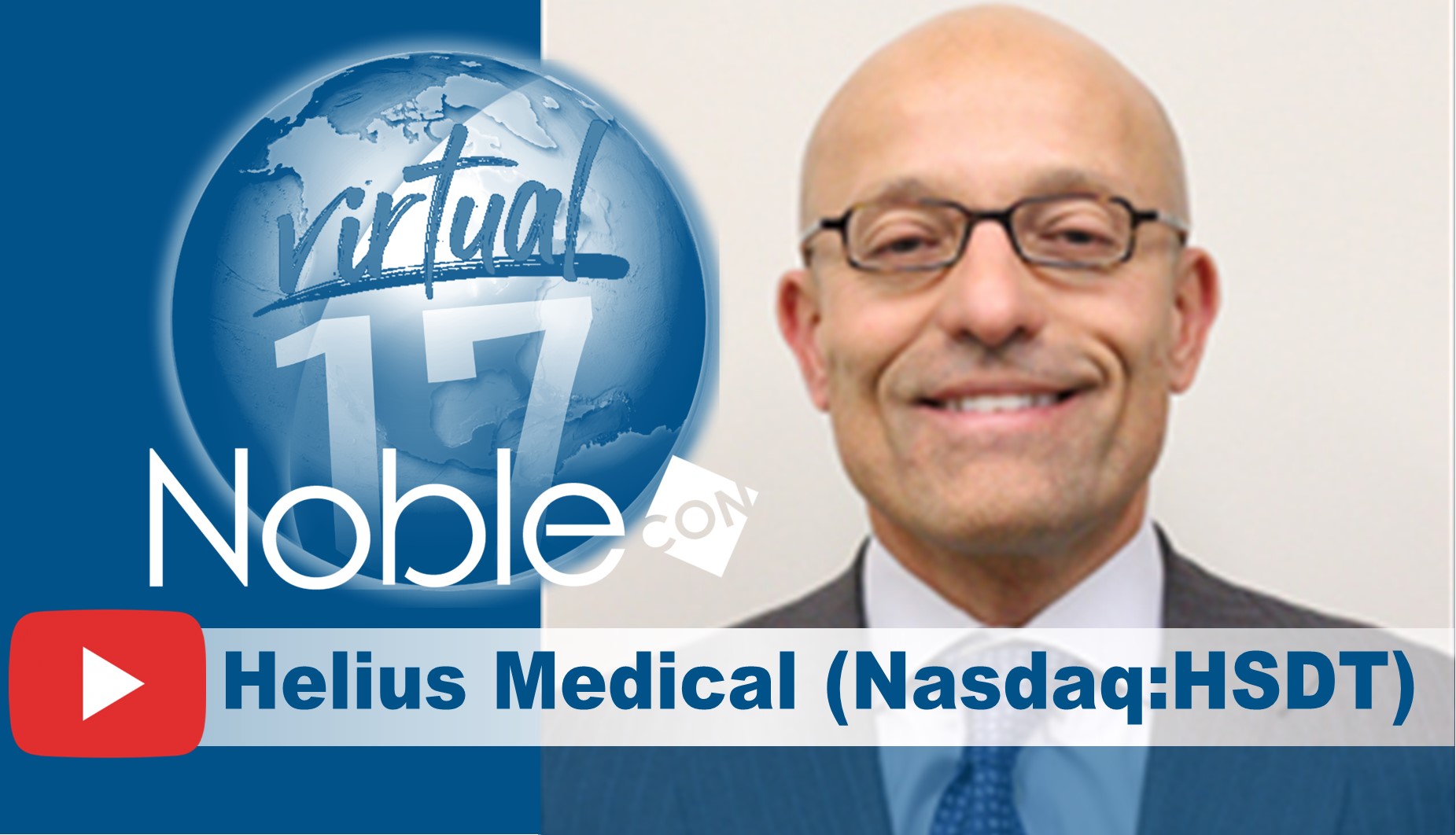
|
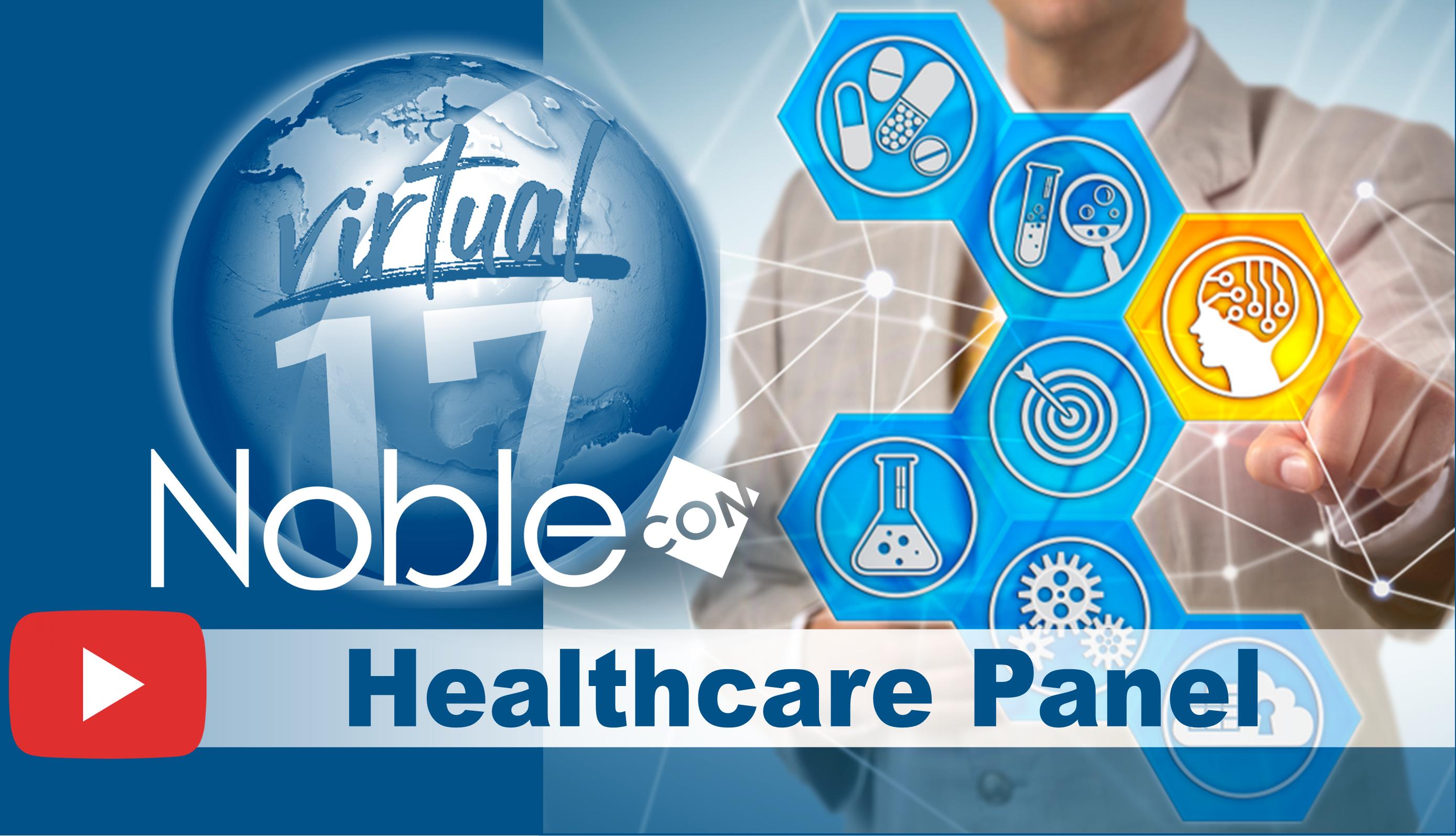
|
Helius Medical Technologies (HDST) NobleCon17 Replay
|
NobleCon 17 Healthcare Panel Replay
|
Photo: Medical Imaging and Therapeutics, surgical suite for minimally invasive procedures

|
Virtual Road Show Series – Wednesday April 21 @ 1:00pm EST Join PDS Biotechnology CEO Frank Bedu-Addo, CMO Lauren Wood, and CFO Seth Van Voorhees for this exclusive corporate presentation, followed by a Q & A session moderated by Robert LeBoyer, Noble’s senior research analyst, featuring questions taken from the audience. Registration is free and open to all investors, at any level. |
Stay up to date. Follow us:
 |
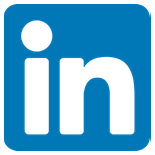 |
 |
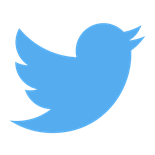 |
 |
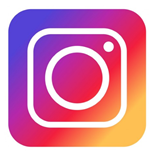 |
Stay up to date. Follow us:
 |
 |
 |
 |
 |
 |
